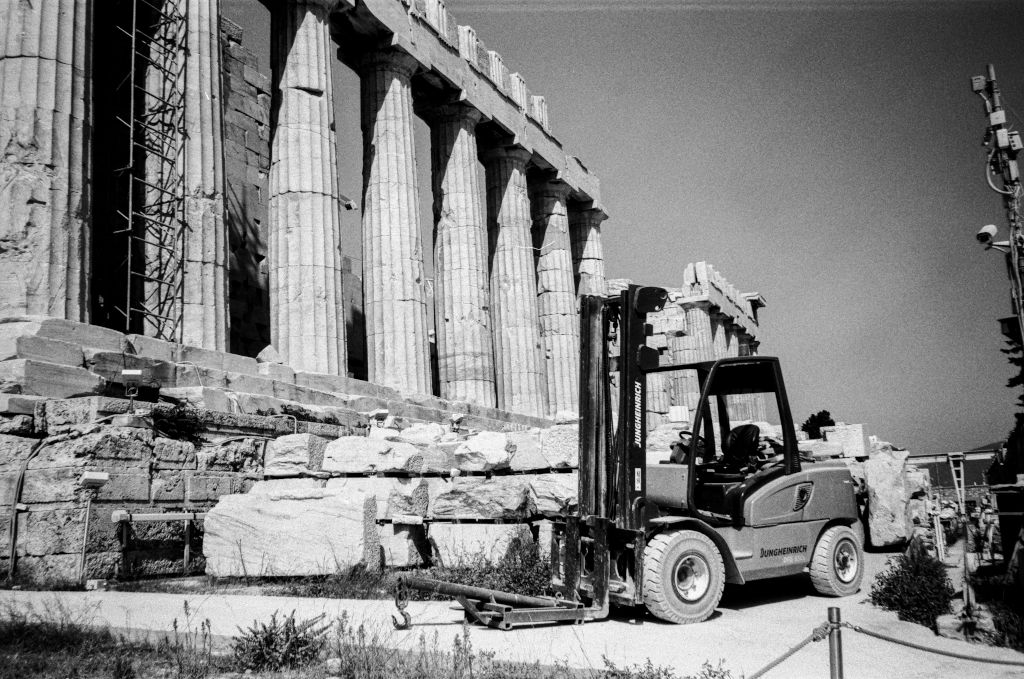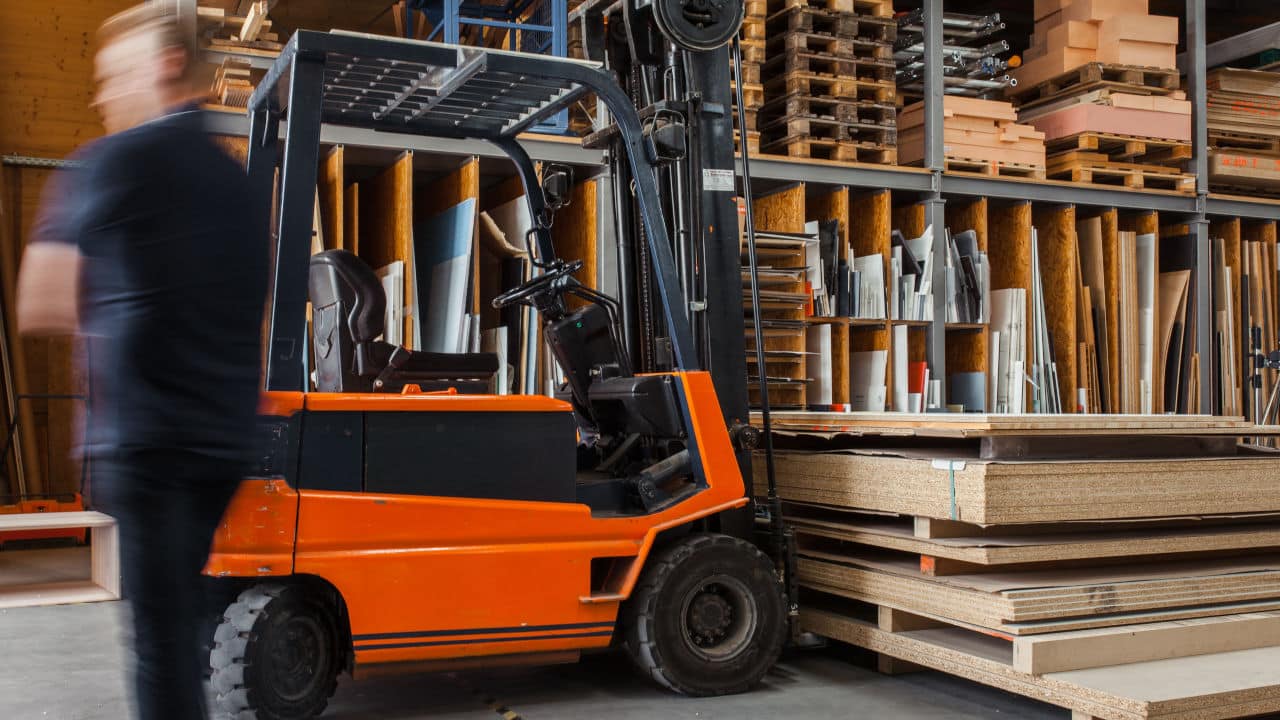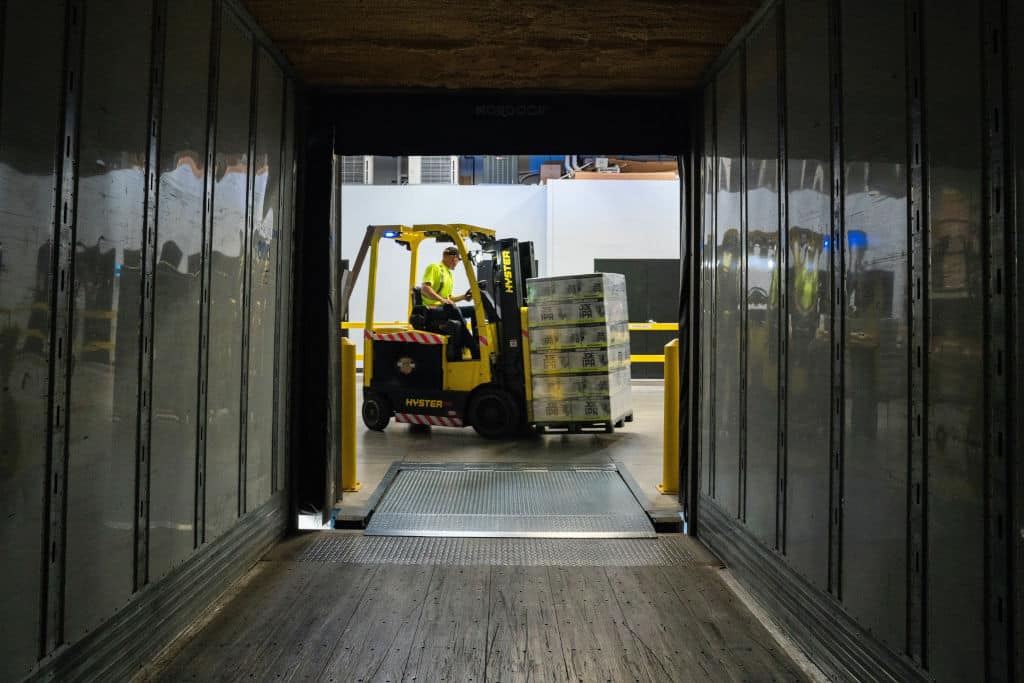A forklift is a small industrial vehicle with an attached, power-operated forked platform that can be raised and lowered to fit underneath cargo to lift or transfer it. They are used in many industries, including extensive storage facilities like warehouses. It is widely utilized throughout the sector to transport commodities and merchandise. The forklift has become an integral aspect of the industrial process because of its compact design that takes up less space and its lifting capacities. However, forklift accidents can happen if the equipment is used badly or if untrained staff operate it. Even though it is compact, it is still a heavy vehicle that can pose significant harm to victims.
According to the Occupational Safety and Health Administration, about 34,900 forklift accidents cause severe injuries, with another 61,800 accidents causing non-serious accidents. Overall, there are approximately 84 deaths caused by forklift accidents every year.
In a situation where a forklift led to an accident, legal animation can be used. It can help animate the incident and portray the proximate cause of the accident. This way, the jury can award judgment in favor of the injured party.
What Are the Types of Forklift Accidents?
Even though forklift accidents can be fatal and severely injure people, they can be avoided by following the correct safety procedures.
The Occupational Safety and Health Administration has provided an adequate safety manual to ensure that forklifts are maneuvered safely.
When these instructions are ignored, workplace accidents involving forklifts are inevitable. Here are the types of forklift accidents:
Forklift rollovers
When a forklift tips over, it’s called a forklift rollover. A forklift turnover usually occurs when the load is unbalanced or overextended, which causes the truck’s and the cargo’s combined center of gravity to tip.
Rollovers of forklifts can also occur due to abrupt movements such as sharp turns, moves made while inclining, or uneven driving surfaces.
Forklift collision
A forklift collision includes a collision between two forklifts, a forklift and a car, as well as a forklift and a pedestrian. All of these instances can result in serious injuries. An example of a collision between a forklift and another is the case of Brown v. Raymond Corp.
A pedestrian collision occurs when pedestrians and forklift operators fail to see one another, express their travel intentions, or give the right of way.
Undertrained workers unaware of the dangers of operating warehouse equipment are to blame for many of these mishaps. Consistent forklift training can help reduce these risks and guarantee that operators are vigilant.
Defective design and mechanical failure
When a forklift component fails to function as intended, it is referred to as a “mechanical failure.” The most common cause of mechanical failure is improper use or upkeep.
The majority of the time, it is a problem with operator error, albeit it can sometimes be a component failure.
A defective design can also cause forklift accidents. If the forklift is not designed to be as safe as possible for users, the manufacturers are exposing users to the risk of injuries.
Falling loads
If the loads to be carried are not correctly secured to the fork, they may fall off and injure someone. When a load slips, tips, or drops off the forks of a forklift, it renders the load incapable of being transported securely.
This mishap typically occurs when the load is insecure, loose, or off-center. Loads could fall if the mast is shifted, moved, or tilted too quickly.
How Can Legal Animation Be Used In A Forklift Accident Case?
Forklift accidents can be very severe, sometimes resulting in death. The fact of each case is very crucial. This will help to determine the type of animation and inputs needed to create a forklift accident animation.
Sometimes, when there are severe injuries, not only the cause will be animated. Medical animation can also be introduced to portray the extent of the injury and the resultant lifestyle changes a person will experience.
An instance of a case where a forklift caused a severe injury is the case of Guillory v. Domtar Industries Inc.
In this case, the plaintiff sustained severe injuries after a fork fell off a forklift and stuck him in the head. The impact rendered him permanently quadriplegic with painful spasms all over his body that he could control only with medications. He will also require 24-hour attendant care and medical treatment for the rest of his life. He was awarded $6 million in damages.
On the other hand, the case of Rhodes v. Wright exemplifies how fatal forklift accidents can be. In the case, the plaintiff was struck by a forklift while on the defendant’s farm.
The defendants had poorly lit the location for the activities set to be carried out that midnight, sometime after 3:00 a.m. There was also a trailer packed by the chicken house. When the plaintiff was struck, he was pinned between the forklift and the trailer. He died approximately 1 hour later.
Legal animation can be very effective in cases with similar circumstances like the one mentioned above. It can show the cause of the injury, whether negligence, untrained personnel, defective design, faulty machinery, fatigue, or other factors.

Conclusion
Workplace accident animation is a piece of demonstrative evidence that is crucial in cases like a forklift accident that needs the portrayal of an accident and the factors that contributed to it. With a legal animation company like FoxAE, you’re sure to get a demonstrative exhibit – created by a team of experienced engineers-cum-animators, that will clearly illustrate the cause of the injury, be it a product defect, negligence or any other factor.






